How autumn writing workshops helped us connect creativity, community, and nature
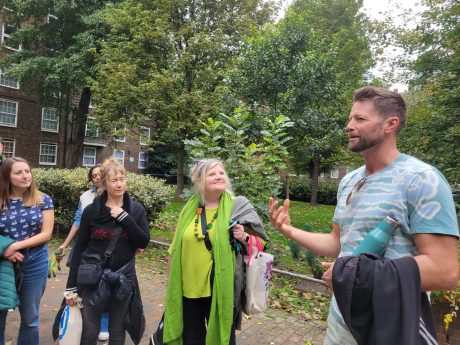
“Season of mists and mellow fruitfulness…”
Keats’s line kept echoing through my mind this October as our MA Creative Writing and Education students journeyed from the quiet grandeur of the British Library to the living poetry of a South London estate garden. Autumn is the season of gathering and sowing at once — of harvesting what has been planted, and of readying the soil for new beginnings. Both our writing days were, in their own ways, acts of cultivation.
1. Every act of writing begins as a pilgrimage
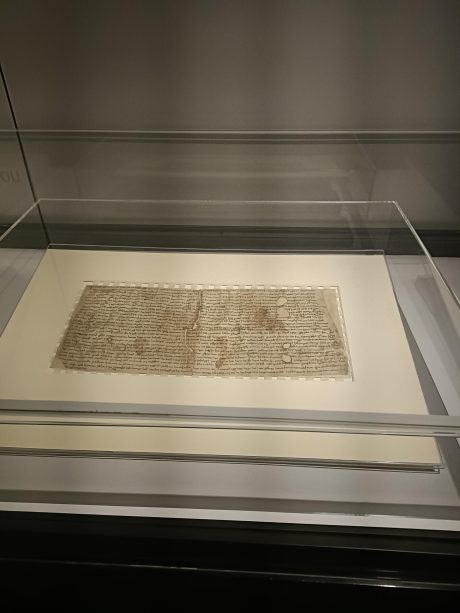
At the British Library, our students began with a literal journey: queuing for their Reader’s Passes, stepping quietly into the great atrium, and setting out to find a text, manuscript, or object that spoke to them. I asked them to follow intuition rather than intellect — to let something call to them.
A student of Mauritian heritage found colonial-era documents that resonated with her island’s tangled history. Another, from India, was drawn to the gleam of jewellery in a display case — a reminder of her grandmother, who had left her only treasures to her grandchildren. What she wrote afterwards shimmered with memory, loss, and the persistence of love.
In Keats’s spirit, they became seekers — “half in love with easeful Death,” half alive with curiosity — each text or object a ripe plum of inspiration ready to be tasted.
2. To write deeply, we must listen like gardeners
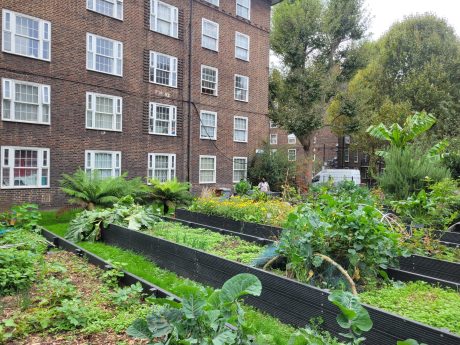
Later that week, we exchanged marble and glass for earth and rain. At the Rockingham Estate community gardens on a South London estate, we met Ian, the Head Gardener — known online as @theelephantgardener — who has, with a small band of volunteers and modest grants, transformed neglected patches into living art: rhubarb crowns, roses waiting to bloom, and plots rich with compost and care.
As he spoke, Keats’s cadence seemed to hum through the place — “to bend with apples the moss’d cottage-trees.” The garden was heavy with fruiting and fading, gorgeous rhubarb and fruits on trees, the air soft with the scent of soil. We helped weed the rosebeds, brushed the dirt from our palms, and then wrote, using the physical act of tending as a metaphor for attention itself. I wrote to myself that “the garden listens better than most people, excepting my students of course!”
3. Libraries and gardens are kindred classrooms

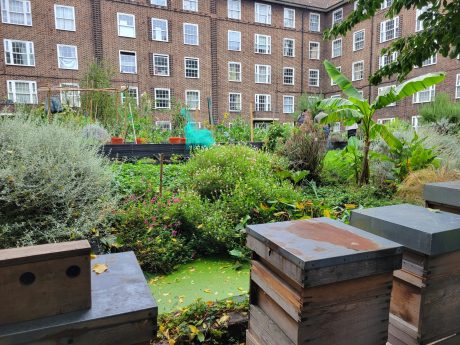
Both spaces — the British Library and the estate garden — reminded us that creative writing thrives wherever attention and openness are cultivated. A library’s hush invites inward growth; a garden’s hum invites dialogue with the living world.
As we discussed afterwards, such spaces can become vital teaching grounds. Libraries connect us to archives and ancestors; gardens to the present moment and the shared breath of community. Together, they model what creative writing pedagogy can be: rooted, open, and renewing.
4. Writing is for everyone, not just the chosen few
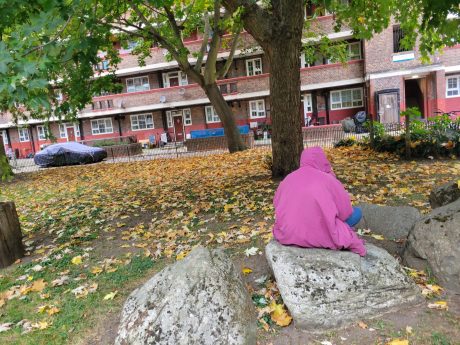
Watching students of many ages and cultural backgrounds write in these contrasting environments reminded me that creative writing is not a luxury. It is a human birthright. Whether you are writing in the shadow of the British Library’s glass towers or kneeling in an urban garden beside roses and rhubarb, you are doing the same thing — transforming perception into meaning, turning observation into art.
As Keats wrote in ‘Ode to Autumn’, “Where are the songs of Spring? Ay, where are they? / Think not of them, thou hast thy music too.” The music of creative writing in autumn is slower, humbler, and more communal — the sound of people finding voice together.
5. Planting stories for next year’s growth
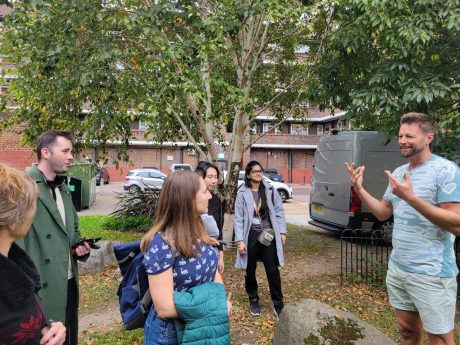
As we packed up our notebooks, the MA writers began to imagine how they could use such spaces in their own teaching — writing walks with schoolchildren, storytelling with elders, poetry inspired by vegetables and wildflowers. The creative writing educator, they realised, is also a gardener: someone who weeds gently, waters often, and trusts that the seeds of imagination will rise again next season.
This October taught me that writing, like gardening, is an act of faith — tending to what we cannot yet see. In both the library and the garden, we are, in Keats’s words, “sinking down full of the true, the blushful Hippocrene,” letting language ferment into wisdom.
Creative writing, at its heart, is how we keep the soil of our shared humanity fertile.
